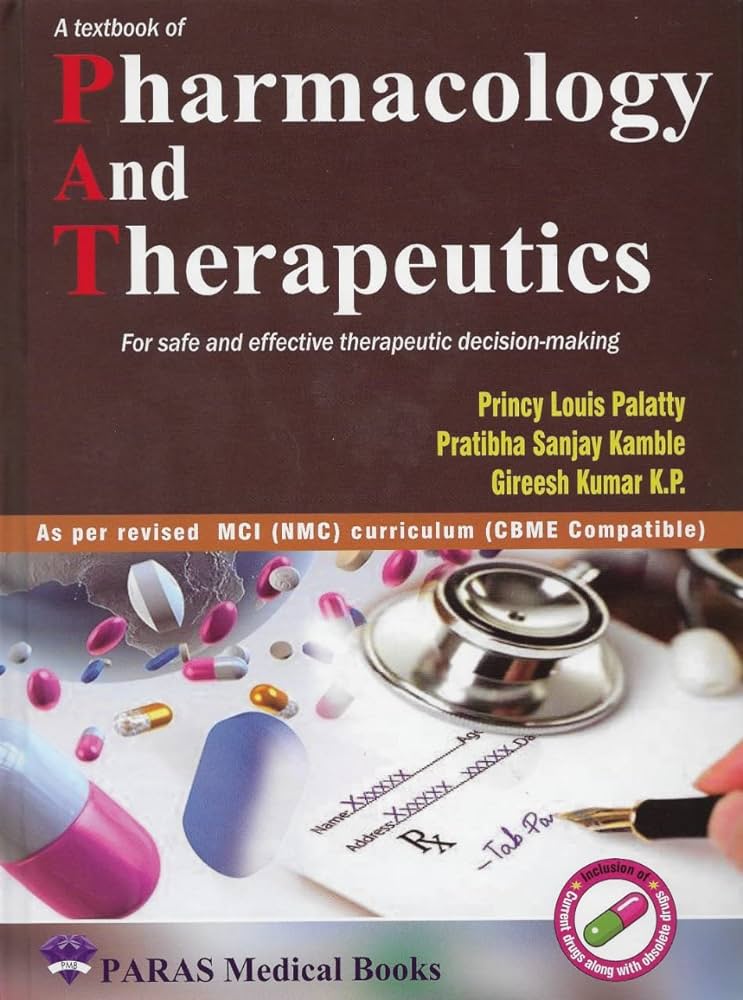来自亚细胞区室的激素反应性G蛋白偶联受体启动的非典型信号。
IF 12.5
1区 医学
Q1 PHARMACOLOGY & PHARMACY
引用次数: 0
摘要
G蛋白偶联受体(gpcr)是哺乳动物基因组中最大的膜受体家族,通过转导包括近三分之二内源性激素和神经递质的大量细胞外刺激来调节几乎所有已知的生理过程。传统观点认为,GPCR信号只发生在细胞表面,受体与配体结合,发生构象变化,募集和激活异源三聚体G蛋白。然而,随着先进的生物化学和生物物理技术的应用,这一传统模型受到了挑战:时空GPCR激活的阐明,证据表明受体可以从亚细胞区室发出信号,表现出与生理和病理生理相关的各种分子和细胞反应。因此,这种GPCR信号的“定位偏差”成为GPCR信号转导的另一层复杂性。在这篇综述中,我们概述了区隔化GPCR信号传导概念的发展,并全面总结了已报道的定位于不同细胞器膜上的受体。我们回顾了这些区室化gpcr的生理功能,重点介绍了一些典型的激素/神经递质结合受体,包括β2-肾上腺素能受体、阿片受体、甲状旁腺激素1型受体、促甲状腺激素受体、大麻素受体1型和促代谢谷氨酸受体5。此外,通过引入亲脂或亲水配体进行细胞内靶向、脂质偶联锚定药物以及调节受体内化/再敏化的策略,区隔化GPCR信号传导的治疗意义也得到了强调,并为GPCR药理学和治疗学开辟了新的途径。本文章由计算机程序翻译,如有差异,请以英文原文为准。
Non-canonical signaling initiated by hormone-responsive G protein-coupled receptors from subcellular compartments
G protein-coupled receptors (GPCRs), the largest family of membrane receptors in the mammalian genomes, regulate almost all known physiological processes by transducing numerous extracellular stimuli including almost two-thirds of endogenous hormones and neurotransmitters. The traditional view held that GPCR signaling occurs exclusively at the cell surface, where the receptors bind with the ligands and undergo conformational changes to recruit and activate heterotrimeric G proteins. However, with the application of advanced biochemical and biophysical techniques, this conventional model is challenged by the elucidation of spatiotemporal GPCR activation with the evidence that receptors can signal from subcellular compartments to exhibit various molecular and cellular responses with physiological and pathophysiological relevance. Thus, this ‘location bias’ of GPCR signaling has become another layer of complexity of GPCR signal transduction. In this review, we generally introduce the development of the concept of compartmentalized GPCR signaling and comprehensively summarize the receptors reported to be localized on the membranes of different intracellular organelles. We review the physiological functions of these compartmentalized GPCRs with emphasis on some well-characterized prototypical hormone/neurotransmitter-binding receptors, including β2-adrenergic receptor, opioid receptors, parathyroid hormone type 1 receptor, thyroid-stimulating hormone receptor, cannabinoid receptor type 1, and metabotropic glutamate receptor 5, as examples. In addition, the therapeutic implications of compartmentalized GPCR signaling by introducing lipophilic or hydrophilic ligands for intracellular targeting, lipid conjugation anchor drugs, and strategy to modulate receptor internalization/resensitization, are highlighted and open new avenues in GPCR pharmacology and therapeutics.
求助全文
通过发布文献求助,成功后即可免费获取论文全文。
去求助
来源期刊
CiteScore
23.00
自引率
0.70%
发文量
222
审稿时长
90 days
期刊介绍:
Pharmacology & Therapeutics, in its 20th year, delivers lucid, critical, and authoritative reviews on current pharmacological topics.Articles, commissioned by the editor, follow specific author instructions.This journal maintains its scientific excellence and ranks among the top 10 most cited journals in pharmacology.

 求助内容:
求助内容: 应助结果提醒方式:
应助结果提醒方式:


